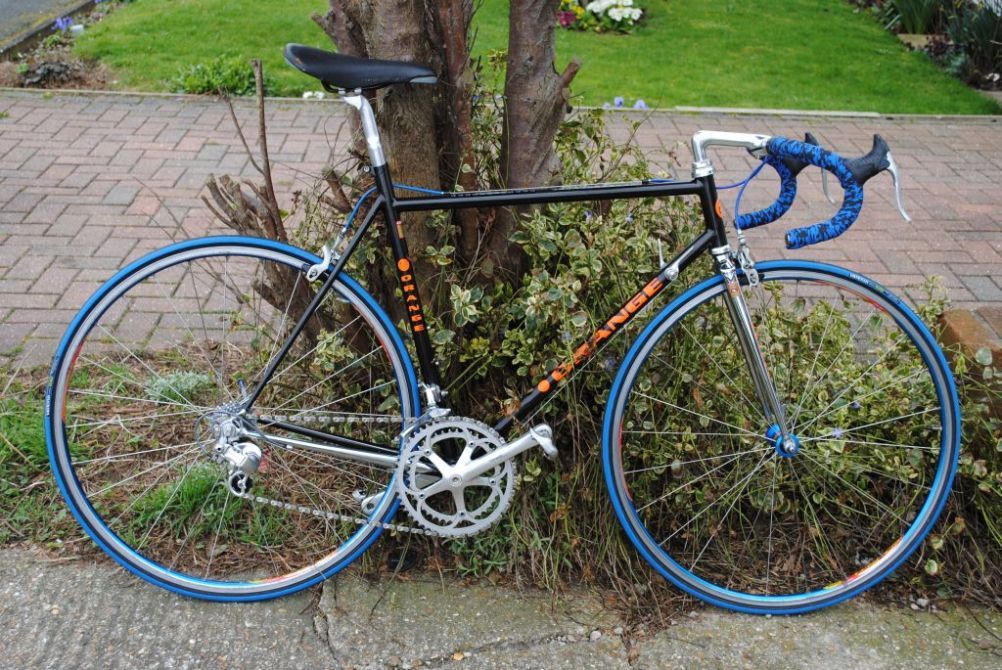one-eyed_jim":3b3le254 said:
roadking":3b3le254 said:
I am fully aware of the history of the TdF...the key word though is"global".
I didn't mention the Tour de France.
Professional cycling has always been an international sport. Without wanting to quibble too much over definitions, what do you see as the material difference between an international marketing tool and a global one?
You're absolutely correct, you didn't mention the TdF I did merely to make a point about marketing and pro cycling. The TdF being the"model"for pro cycling as a global marketing tool.
Perhaps while we're quibbling, we should perhaps substitute"marketing" for"promotion"when referring to pro cycling and this subject in the classic period (say before 1987).
Whilst I would not use the term
material as you do but I can perhaps take a stab at the meaning in your question.
The essential difference(s)are, and I would suggest sponsorship in pro cycling was international(and therefore parochial)in the mainland European sense, with competitors being primarily non English speaking (as a first language). Therefore the sport did not attract the global brands like Coca Cola/Motorola/Banesto/Sky until English
as a first language riders began populating the European peleton: and therefore creating the interest among the global sponsors.
There was the early wave of the English speakers - Miller, Anderson, Yates, Elliott, Early Kelly, Roche...things began to get serious when Lemond began to get noticed and the TdF began to attract American money(Coca Cola)with an American star.
Sports sponsorship is an interesting subject and one that I've been fortunate enough to be published.
Roadking.
